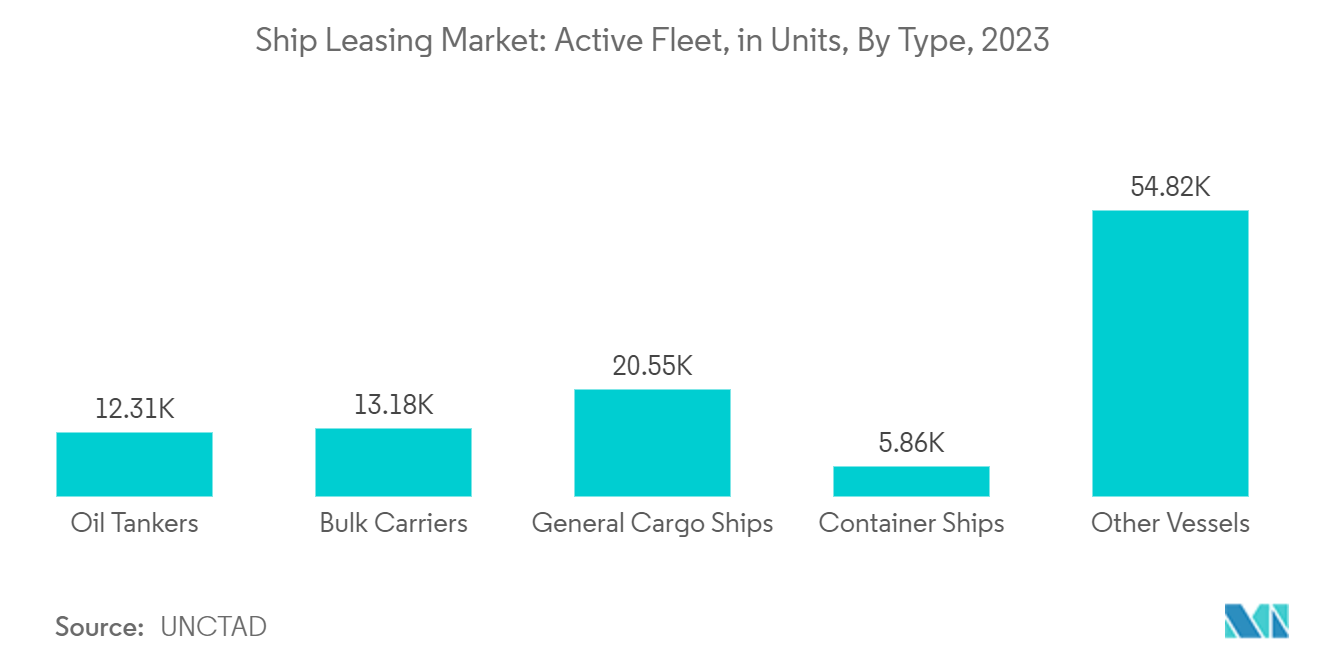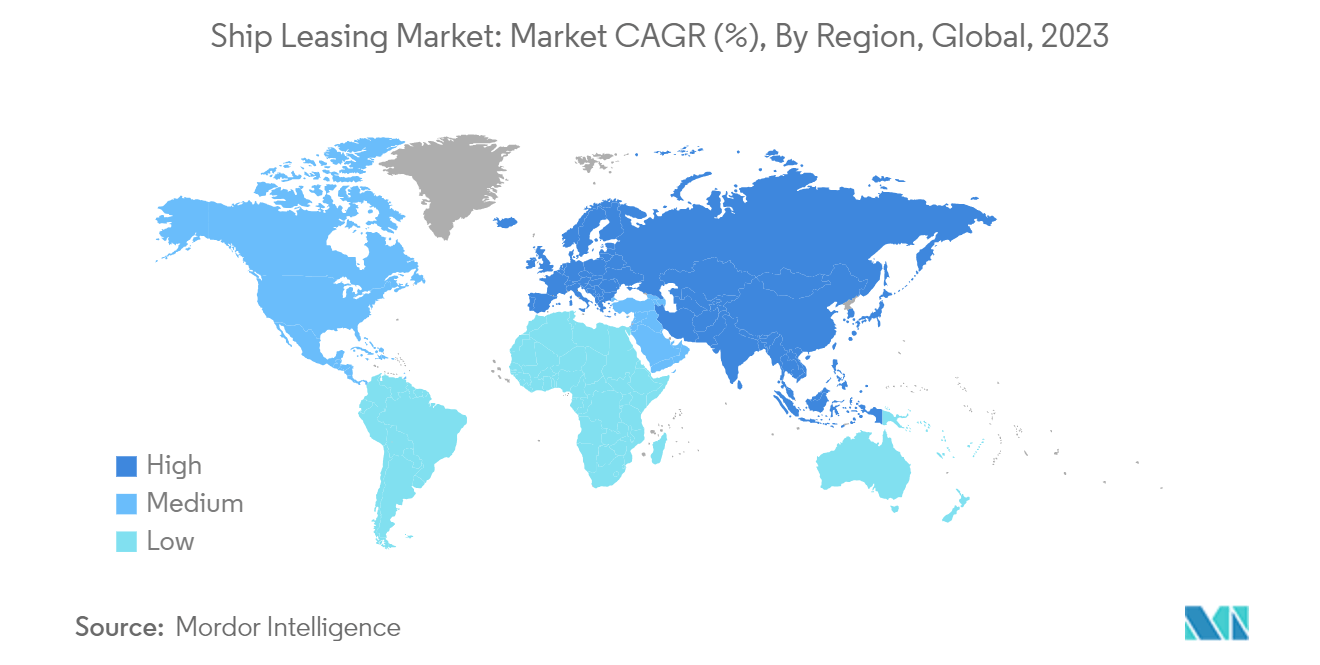Market Trends of Ship Leasing Industry
Bareboat Charter Segment is Expected to Witness Significant Growth During the Forecast Period
- The bareboat charter segment is expected to grow significantly during the forecast period. The bareboat charter is an alternative ship lease contract to the time charter. Under the bareboat charter lease type, the lessee is fully responsible for the vessel's operation. Under the bareboat charter, the lessor does not carry the operational cost and vessel performance risk, resulting in a more predictable and stable cash flow.
- However, in the case of a customer default, the lessor must first secure repossession of the vessel. The bareboat charter has proven to be the lease contract of choice for the tanker industry. Tanker operators need control over the vessel because this is the service that they sell to their customers, which constitute the oil companies and traders.
- Moreover, bareboat charter agreements can be a great financial alternative, especially for people or companies with problems related to capital. However, on the other ha, the liabilities associated with these arrangements can be pretty risky. In other words, having a written bareboat charter in place can easily prevent miscommunication and lead to smooth operations. In the present scenario, countries such as Italy and Norway, amongst others, have adopted the bareboat charter form of rentals. Thus, the various advantages offered by bareboat charters will lead to multiple shipping companies adopting such a form of lease, leading to market growth during the forecast period.

Asia-Pacific Region Is Expected to Witness Significant Growth During The Forecast Period
- The Asia-Pacific region is expected to witness significant growth during the forecast period. According to the United Nations Conference on Trade and Development reports, the Asia-Pacific regio remained the world's leading maritime cargo handling center in 2021, accounting for 42% of exports and 64% of imports. In 2021, around 40% of total containerized trade was on the main East-West routes between Asia, Europe, and the United States.
- As of January 2022, the top three ship-owning countries, regarding both dead-weight tonnage and commercial value, included two Asian countries, namely China and Japan. Moreover, China recorded the second-highest tonnage increase (13%) among the top 25 ship-owning countries. As of the present scenario, maritime ship supply continues to be dominated by three countries, namely, China, the Republic of Korea, and Japan, which in 2022 together had 94% of the market. In addition, in the past few years, countries such as China and Korea have witnessed an increase in terms of shipbuilding activities by 15.5% and 8.3%, respectively. Additionally, in Vietnam, the Ministry of Industry and Trade proposed several measures to ease issues related to the supply chain along intra-Asian routes, thereby reducing the burden on traders. Measures proposed by the Ministry also included tax incentives to attract foreign investment in new ships, encourage private-sector investment in key infrastructure upgrades, and promote fleet renewal and the development of a coastal fleet management program. Thus, with such developments, there will be an increase in new ship leases to carry out new ship operations, leading to a growth in the market during the forecast period.


